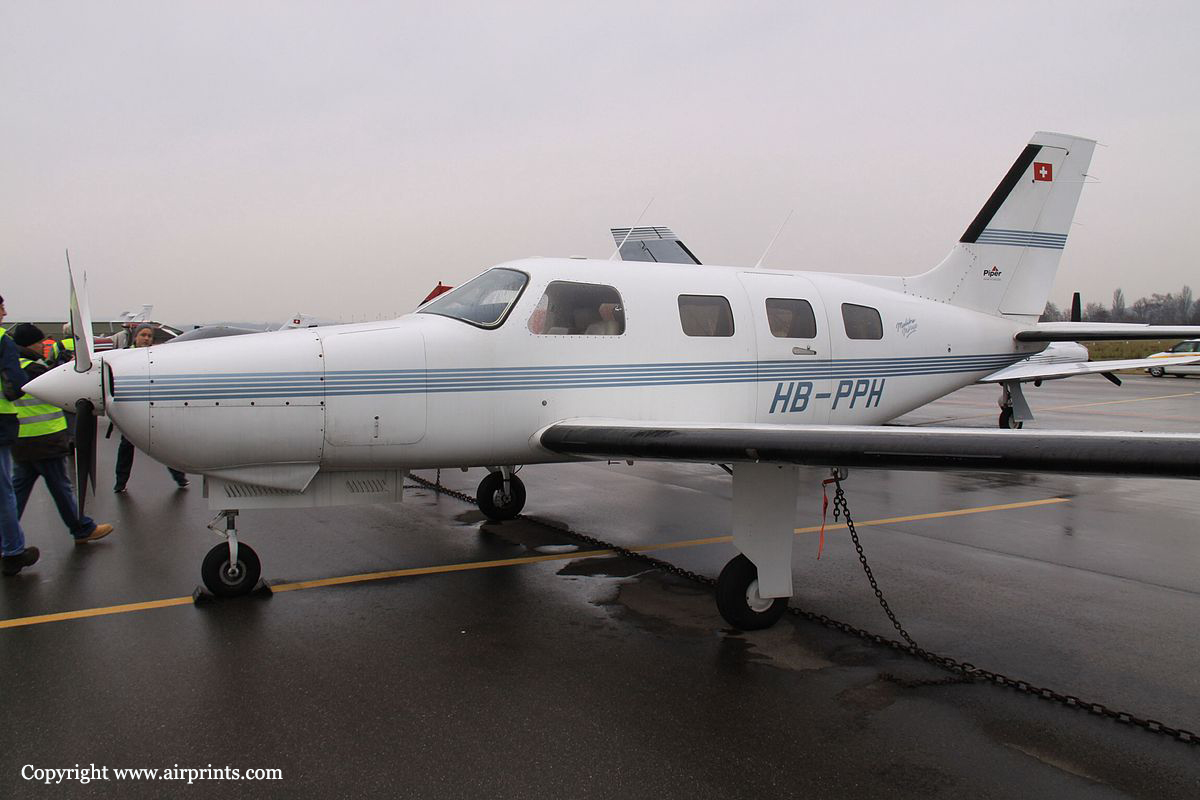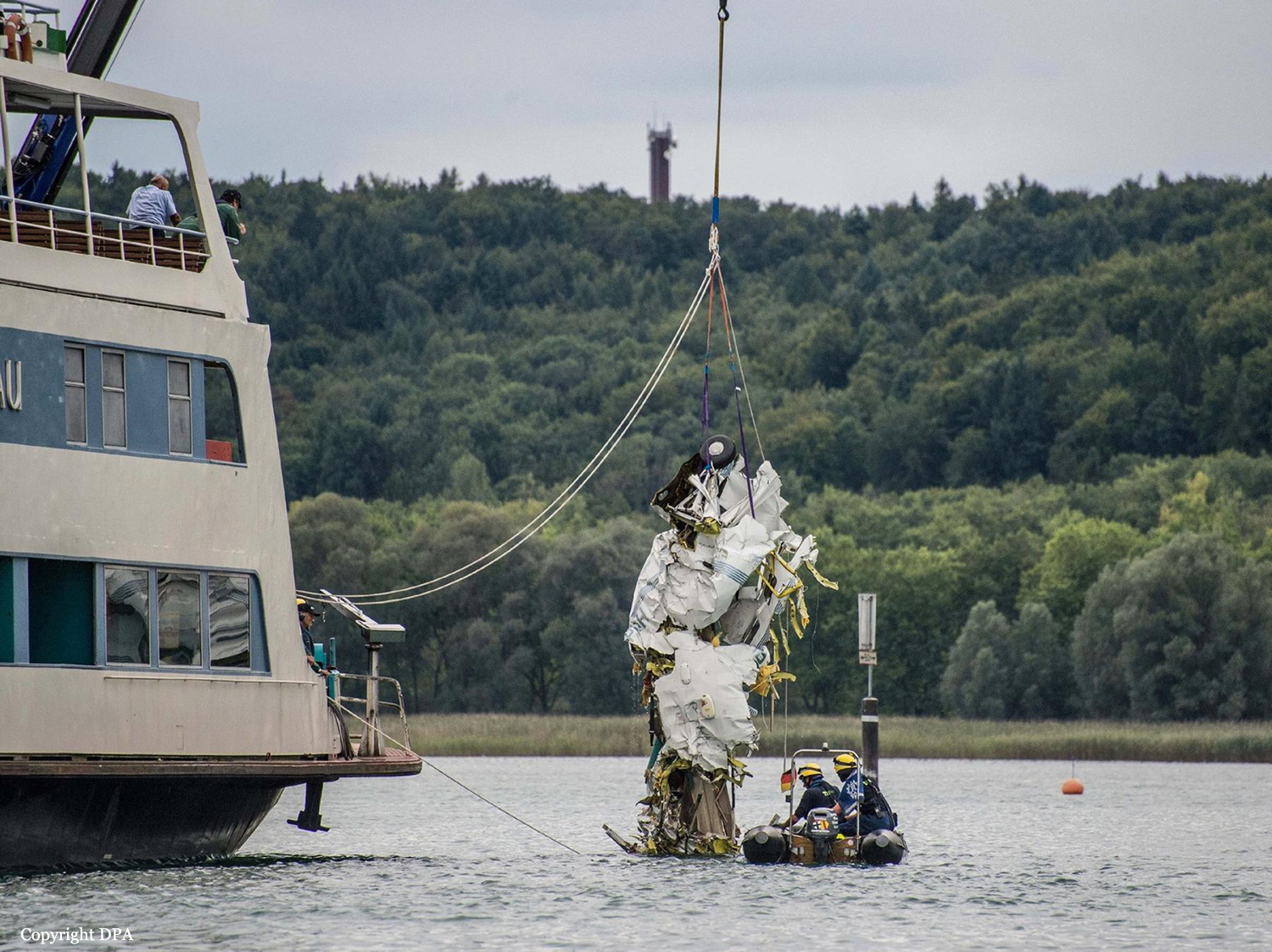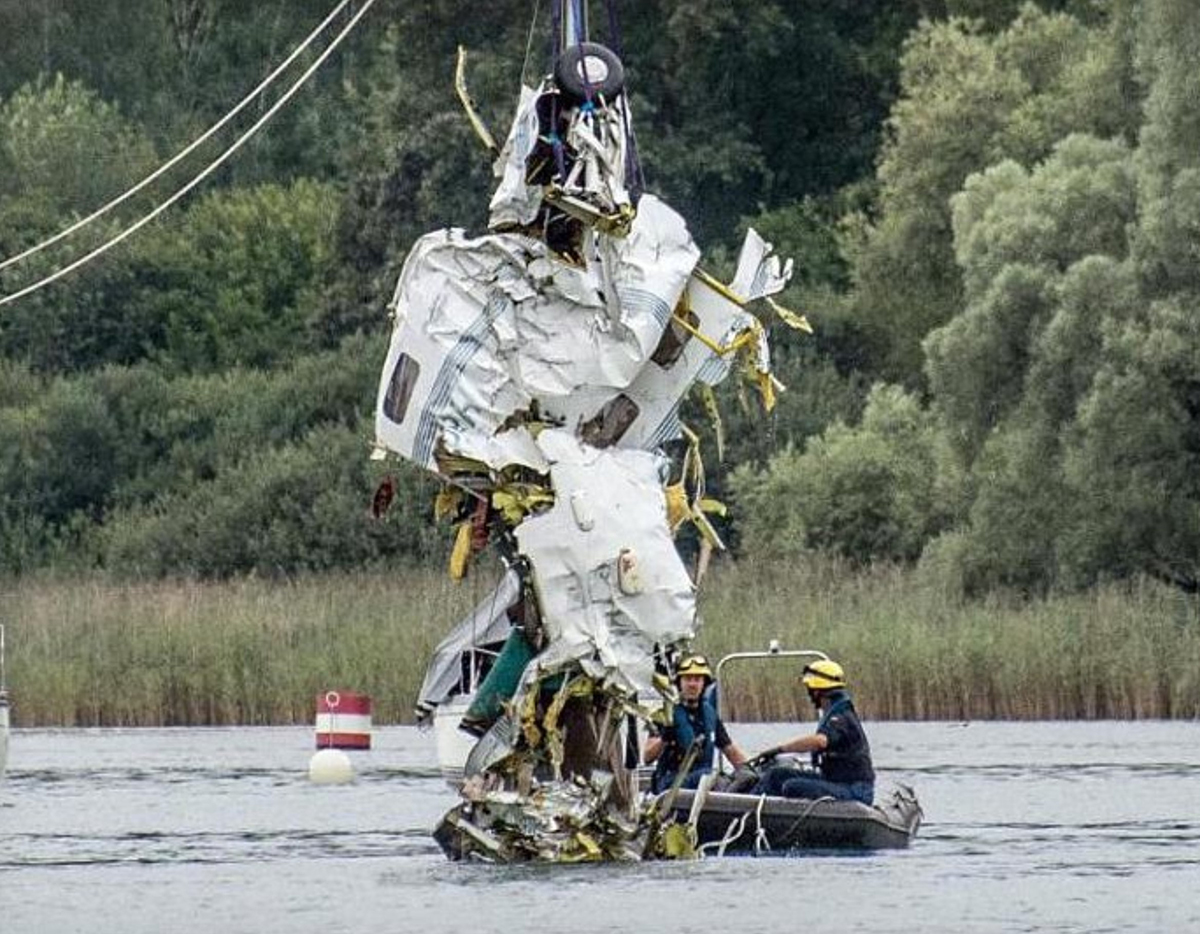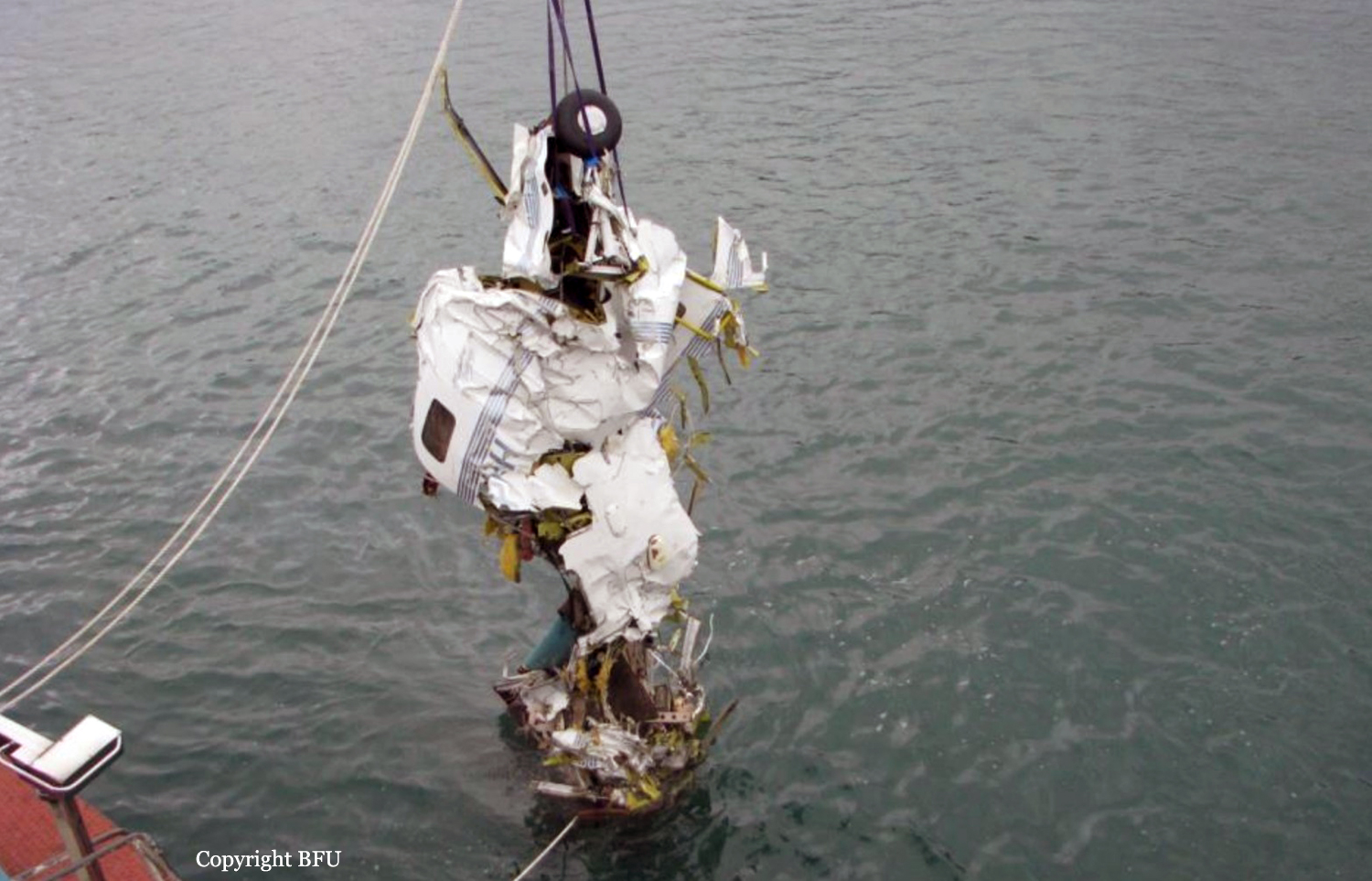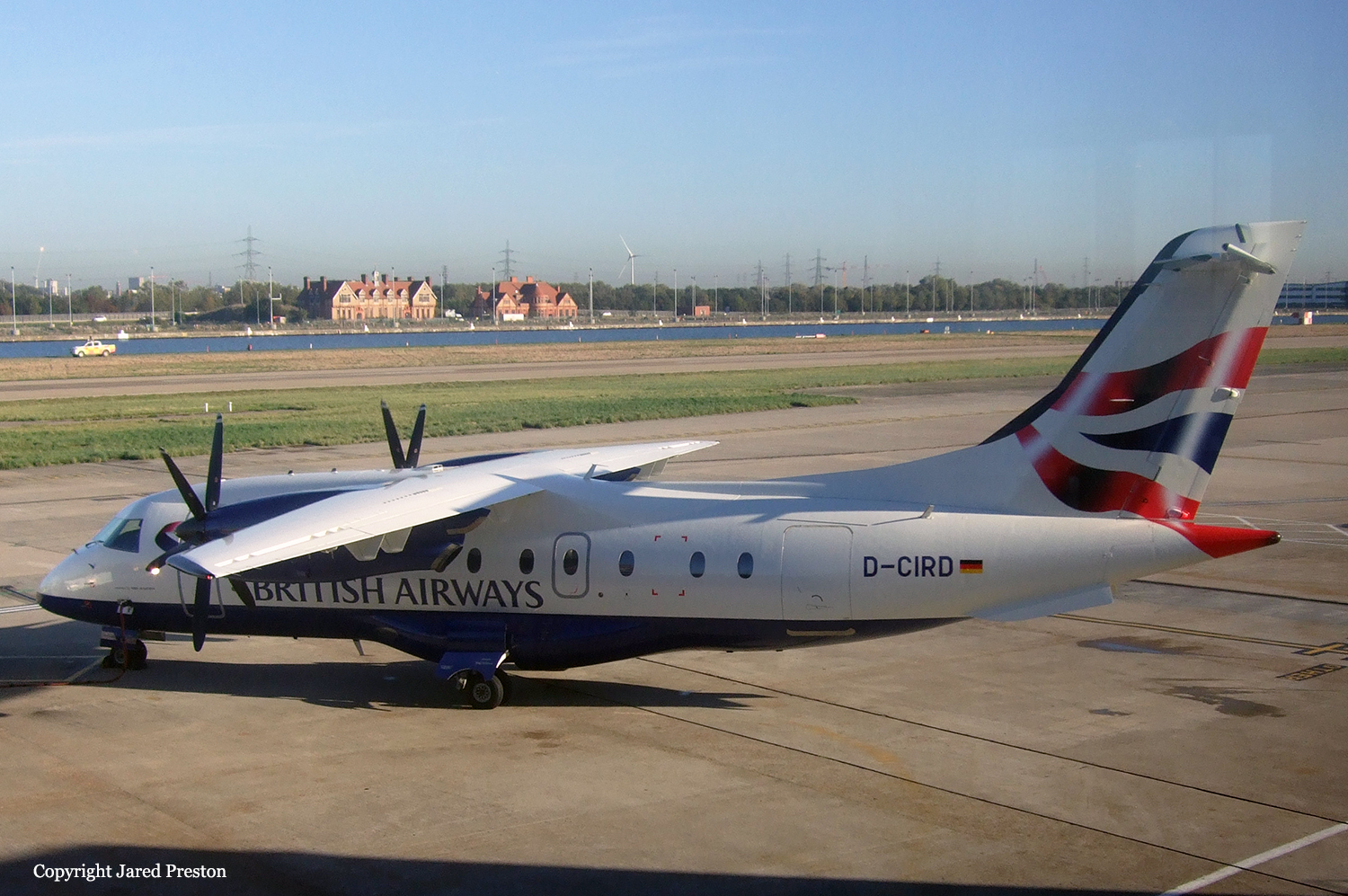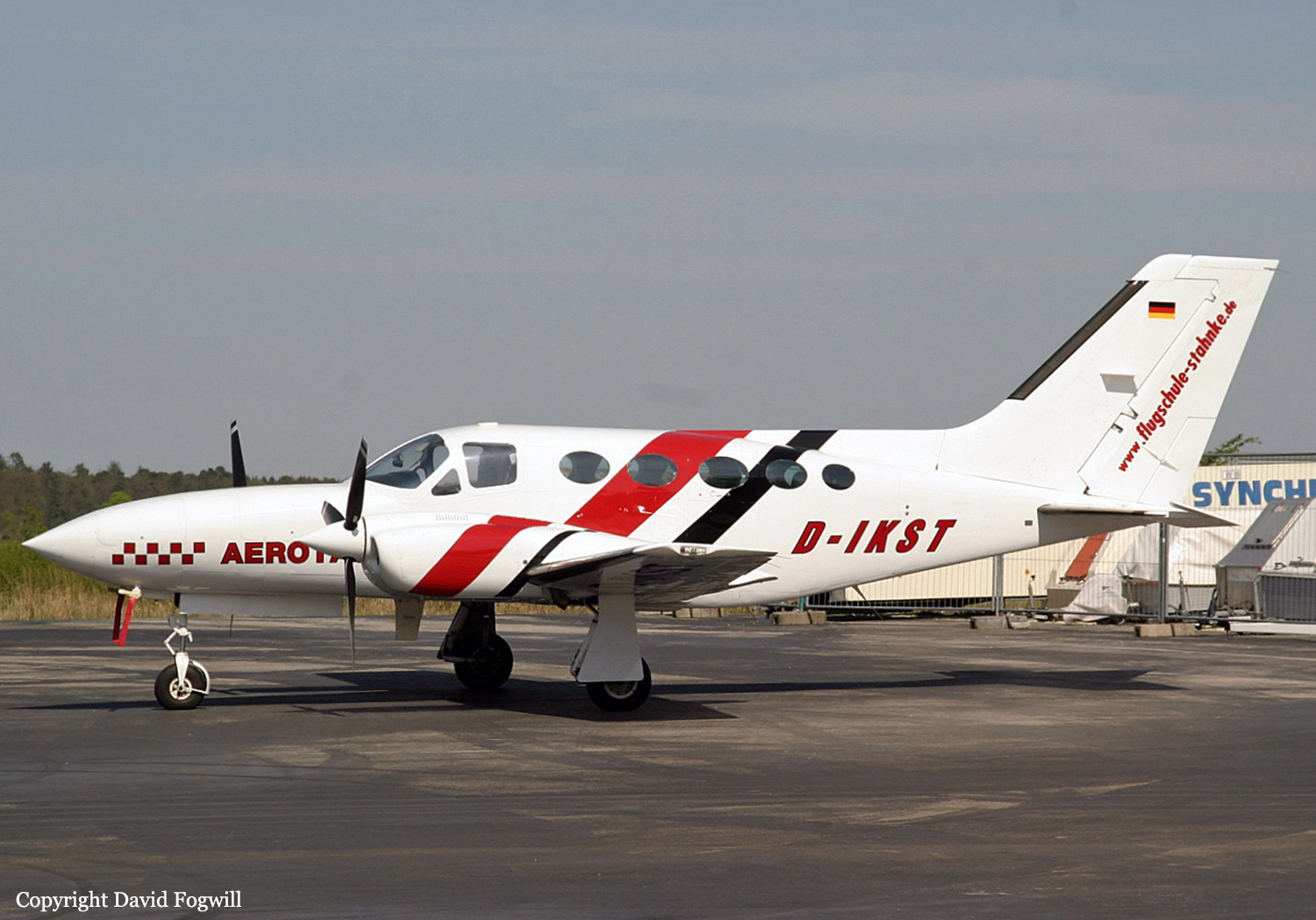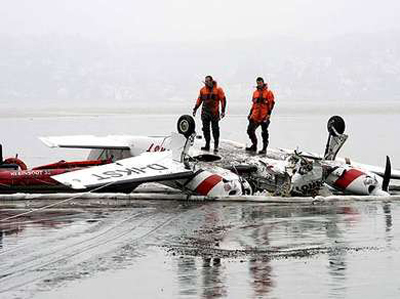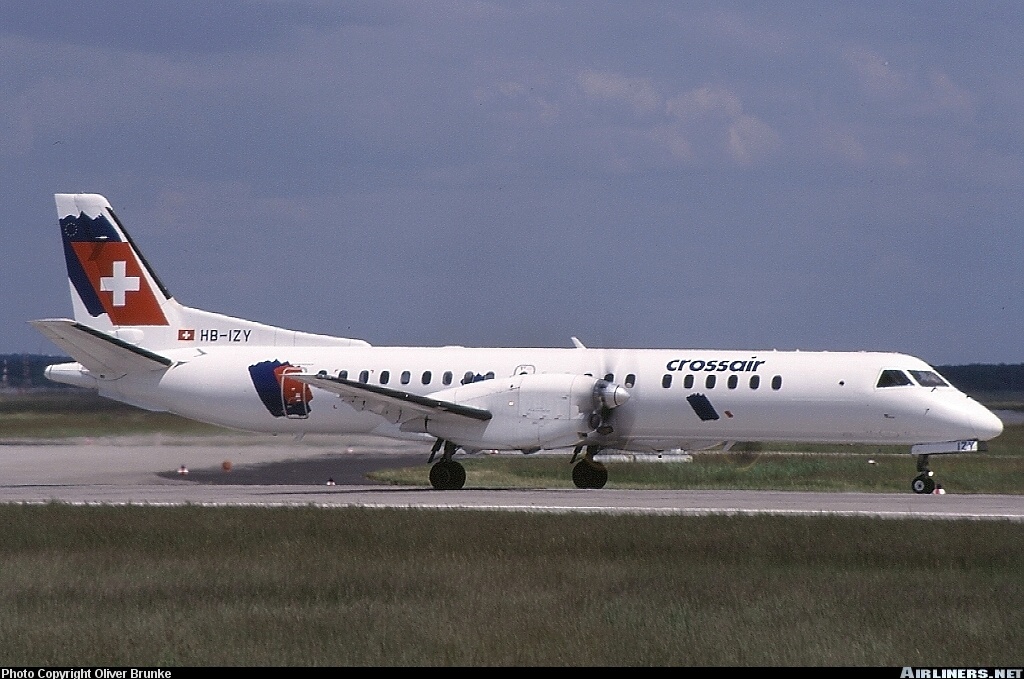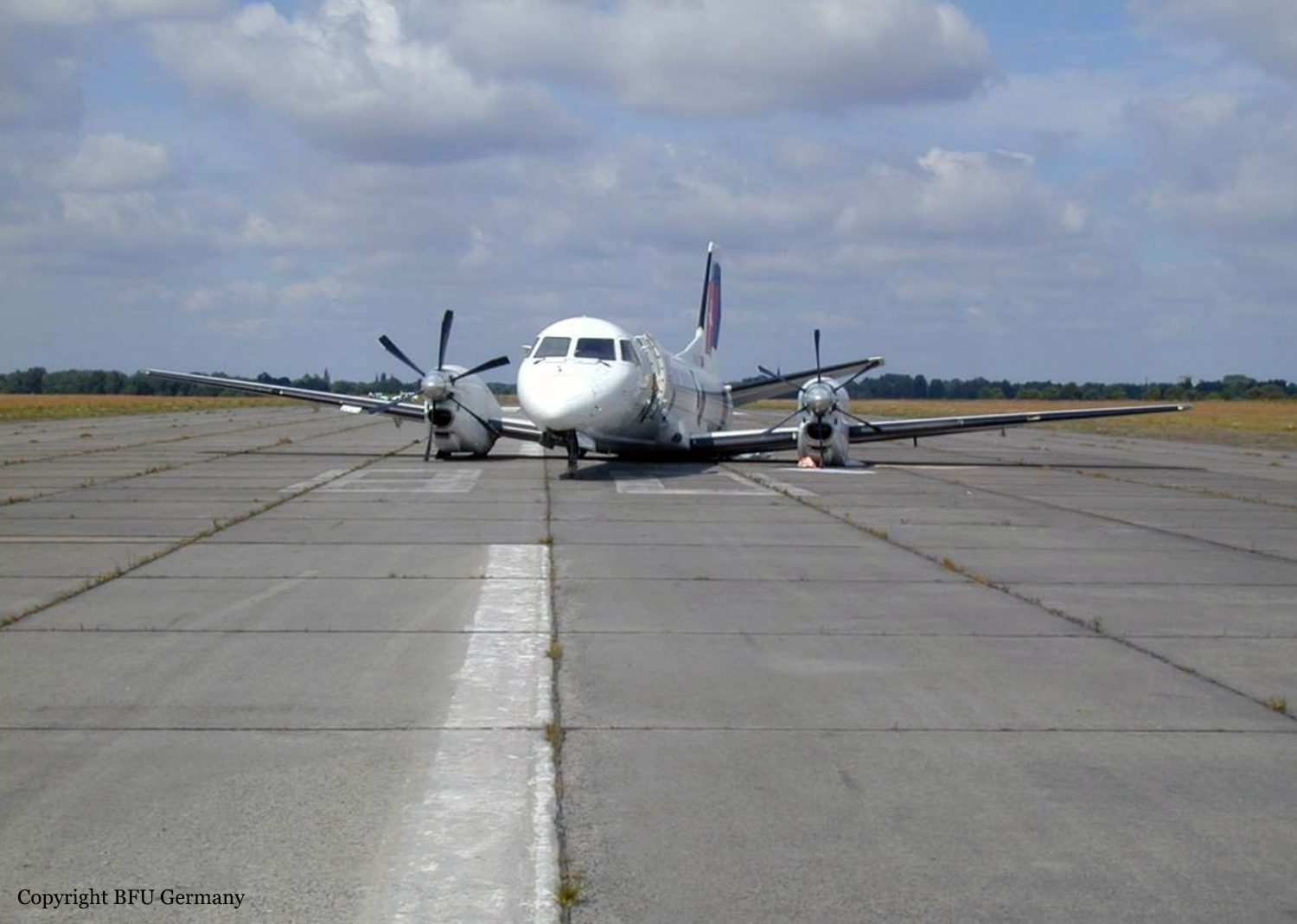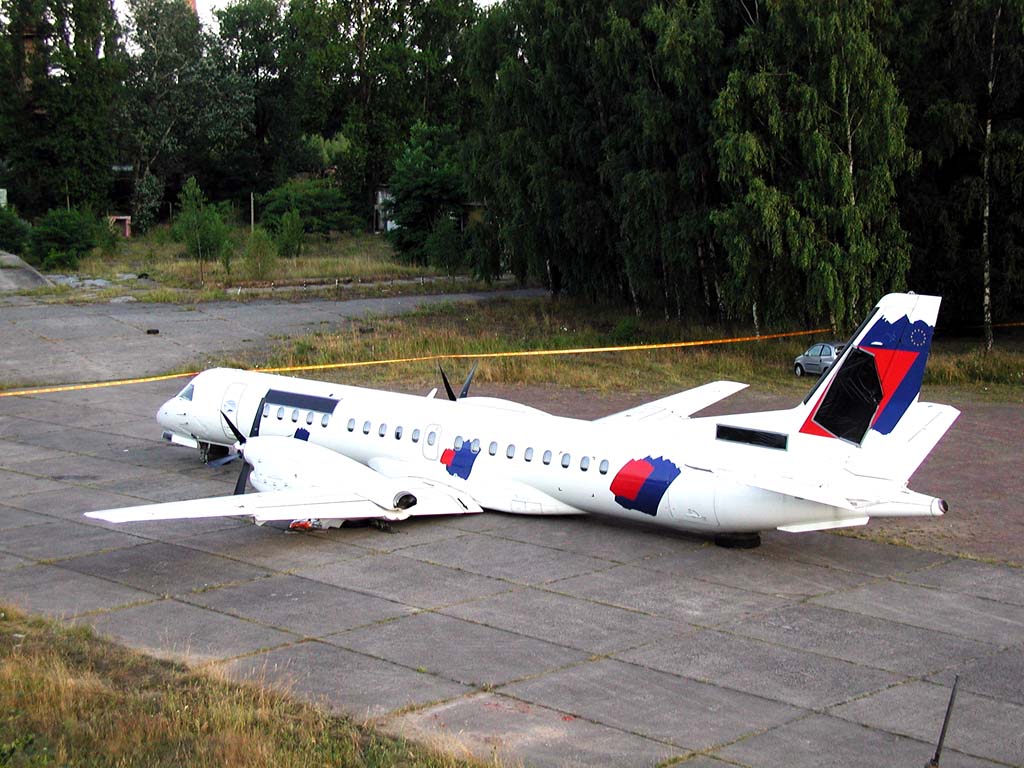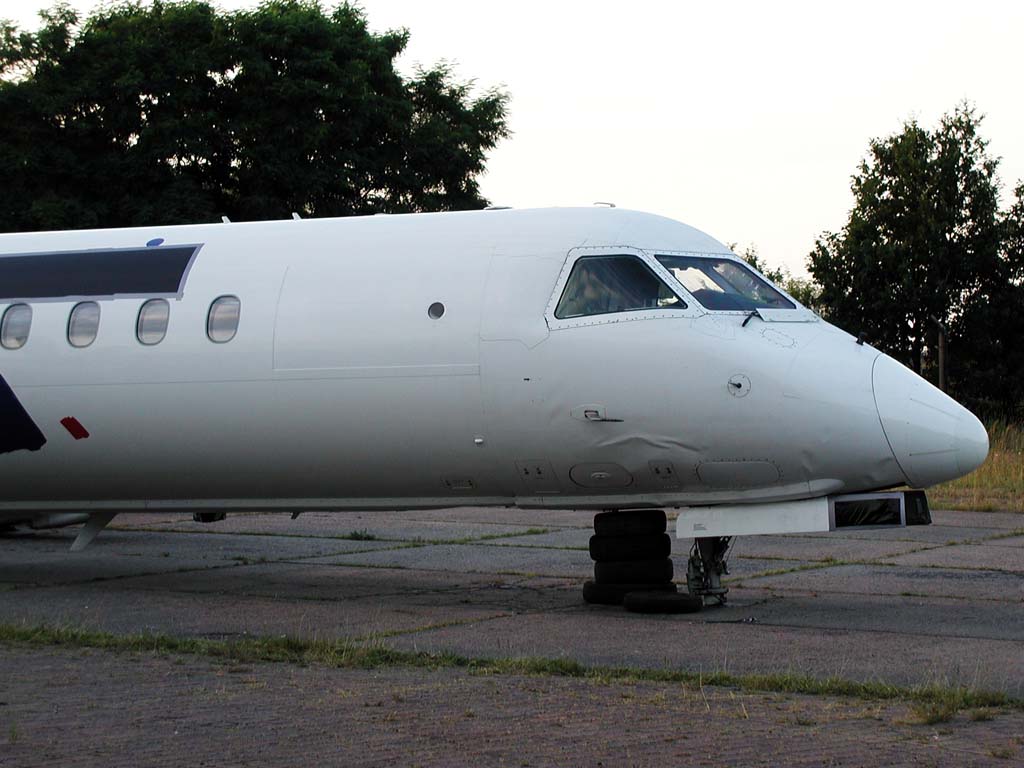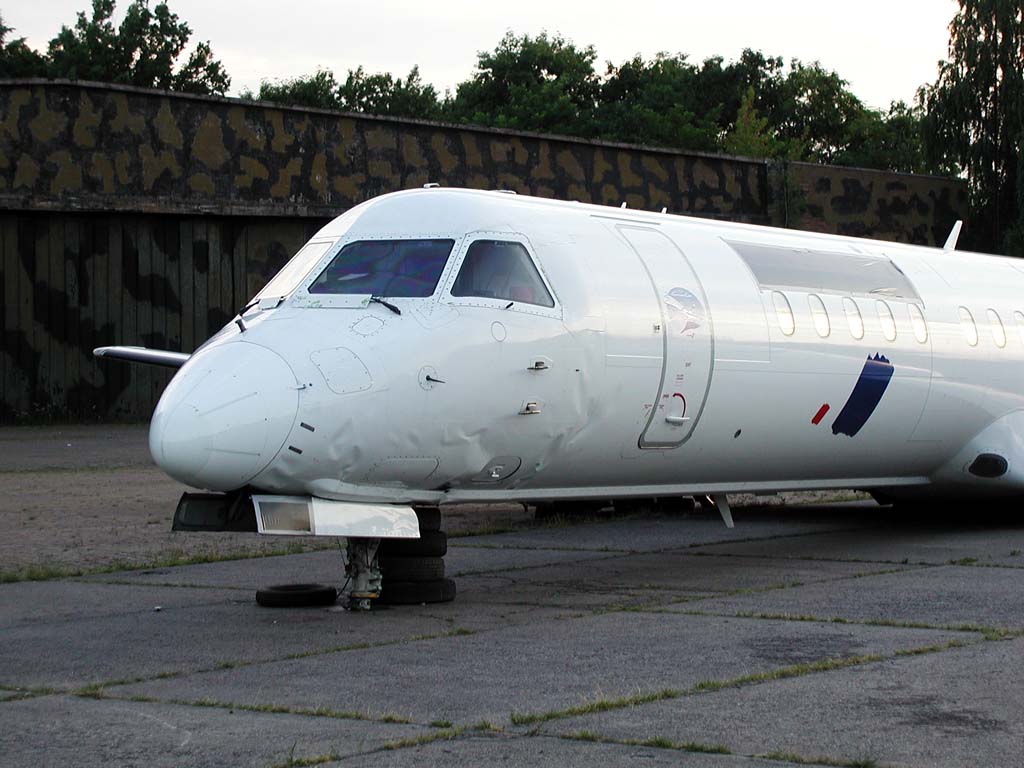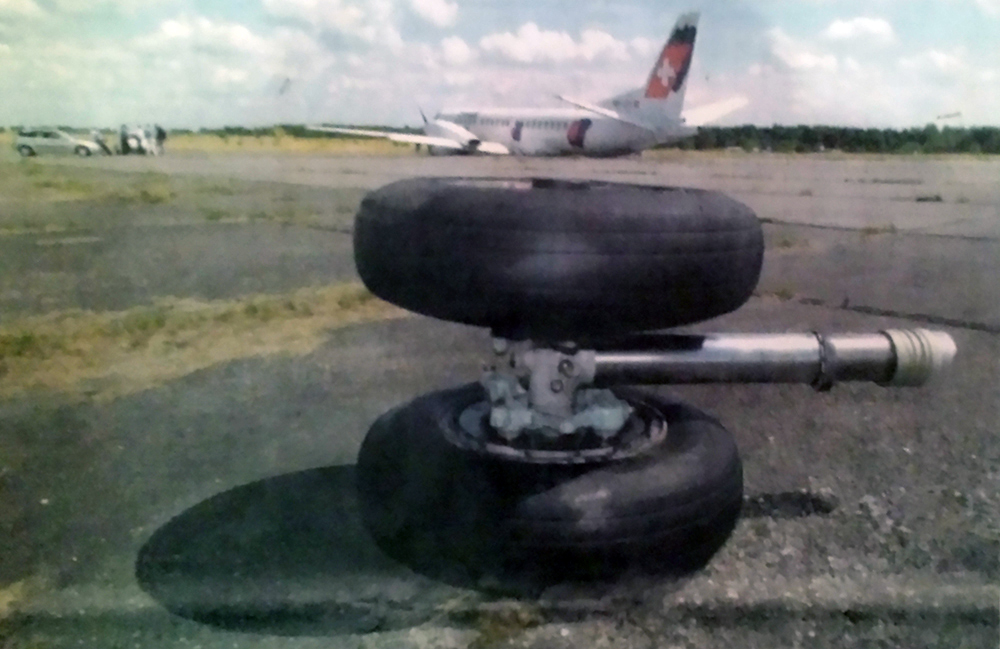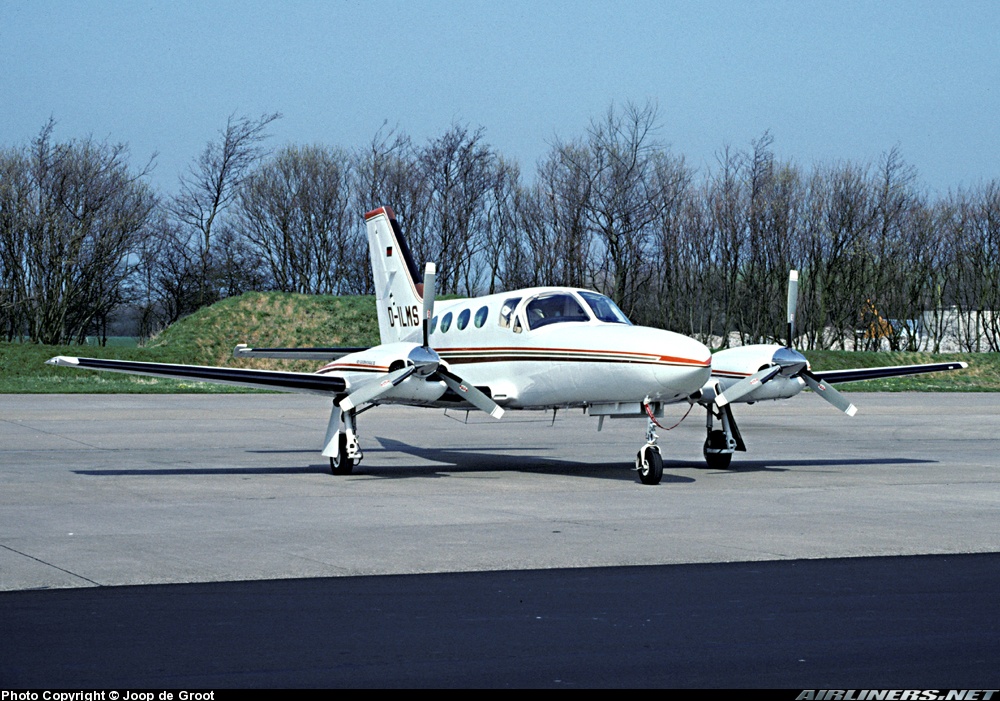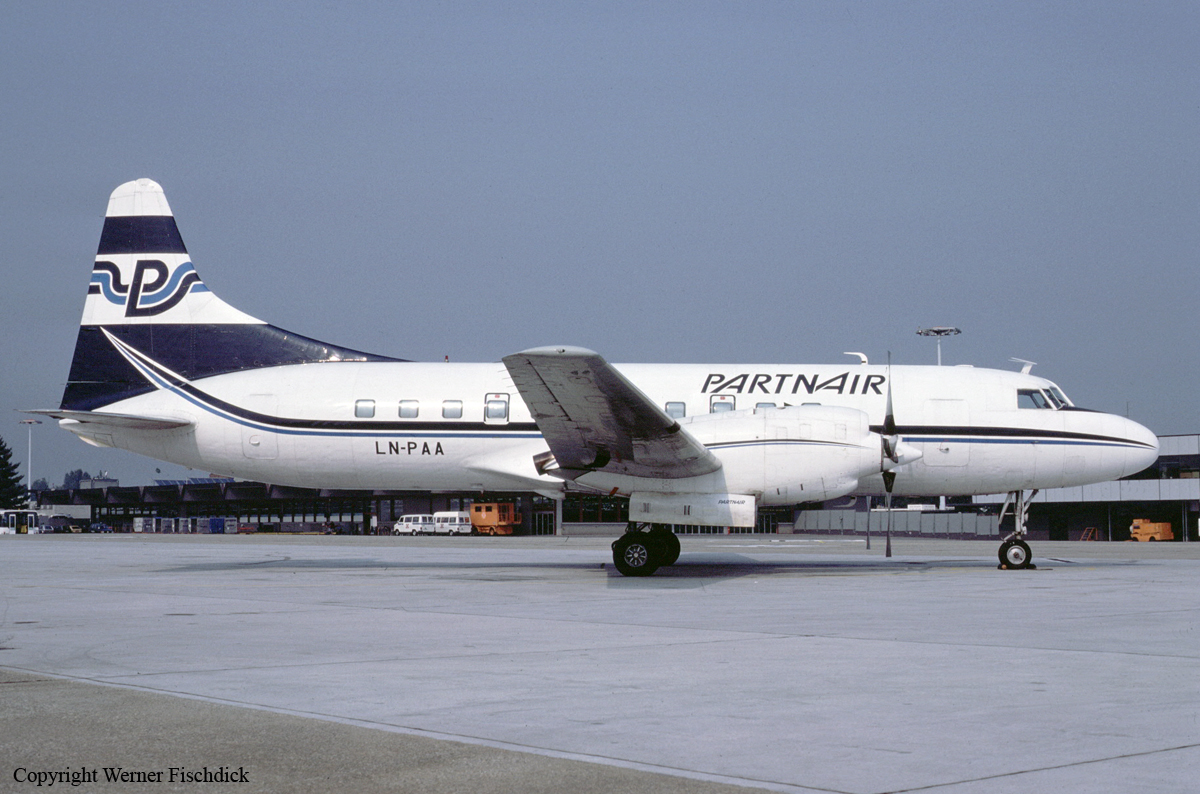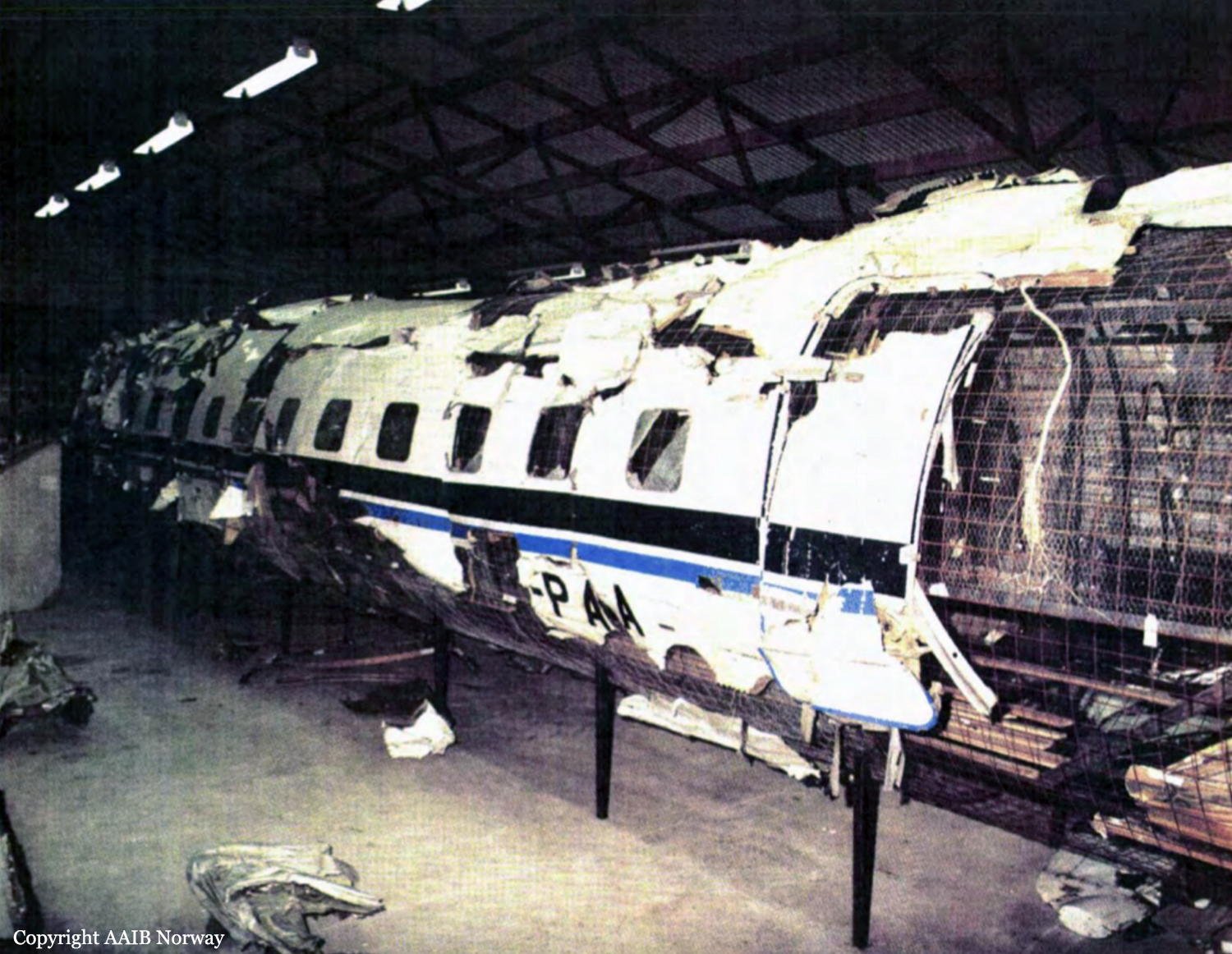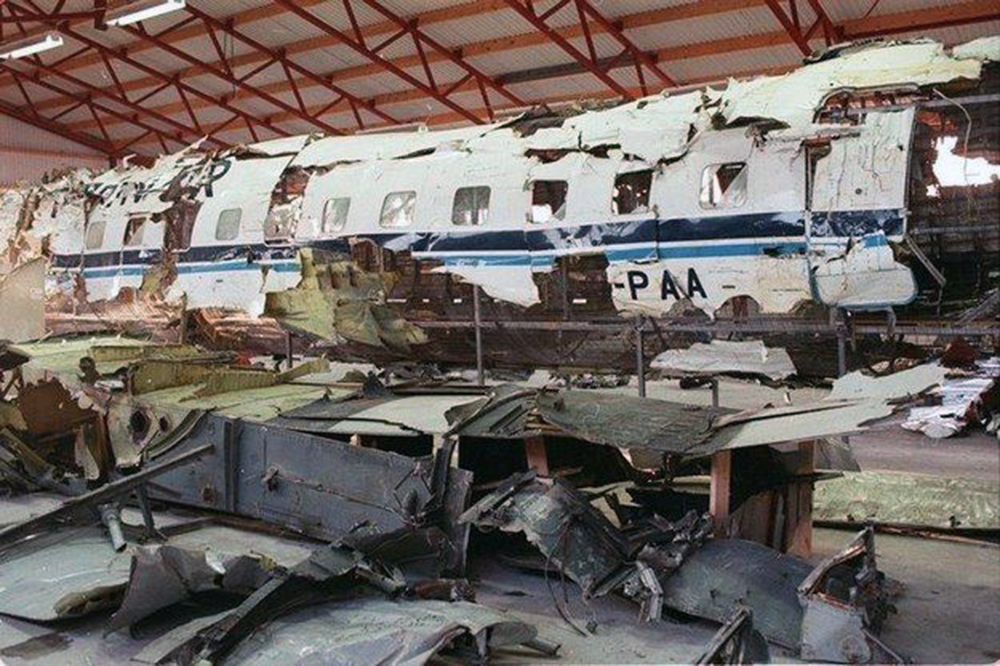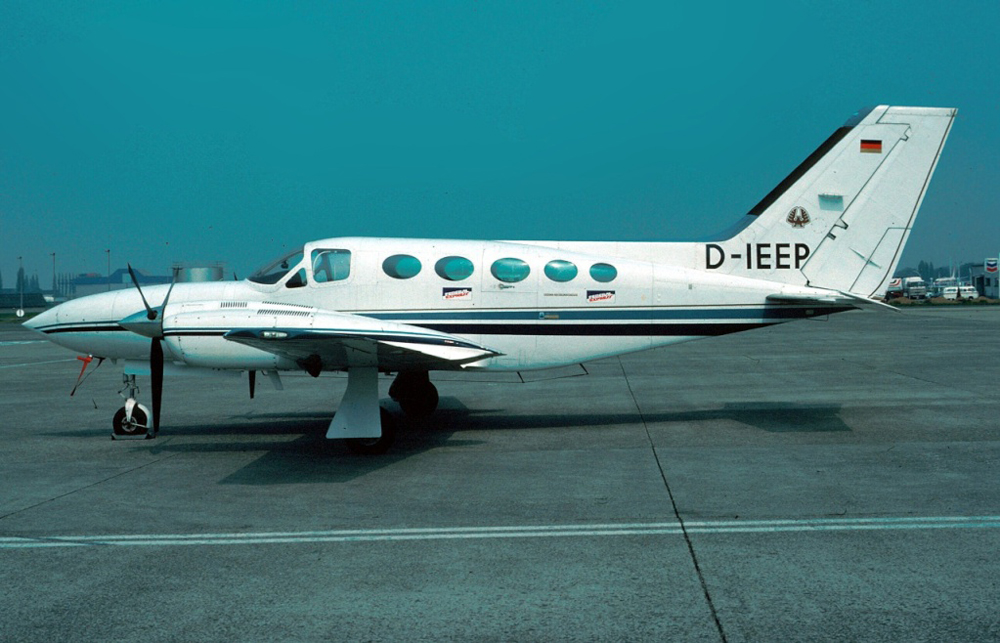Crash of a Piper PA-46-350P Malibu Mirage off Mainau Island: 2 killed
Date & Time:
Aug 8, 2017 at 1152 LT
Registration:
HB-PPH
Survivors:
No
Schedule:
Zurich – Hamburg
MSN:
46-36045
YOM:
1996
Crew on board:
1
Crew fatalities:
Pax on board:
1
Pax fatalities:
Other fatalities:
Total fatalities:
2
Aircraft flight hours:
2408
Circumstances:
The single engine airplane departed Zurich Airport Runway 28 at 1134LT bound for Hamburg-Helmut Schmidt Airport, carrying one passenger and one pilot. After passing over the city of Konstanz at an altitude of 16,750 feet in IFR conditions, the airplane entered an uncontrolled descent and eventually crashed in the Konstanz Lake, about 200 metres off Mainau Island. The wreckage was found at a depth of 60 metres and both occupants were killed.
Probable cause:
Loss of control while cruising in IMC conditions with strong atmospheric turbulences associated with icing conditions.
Final Report:
